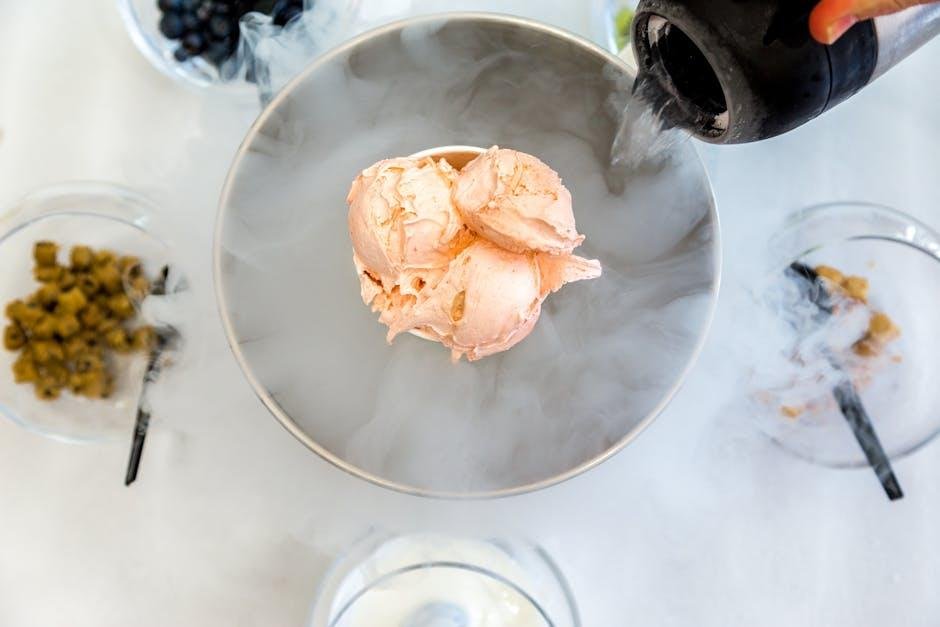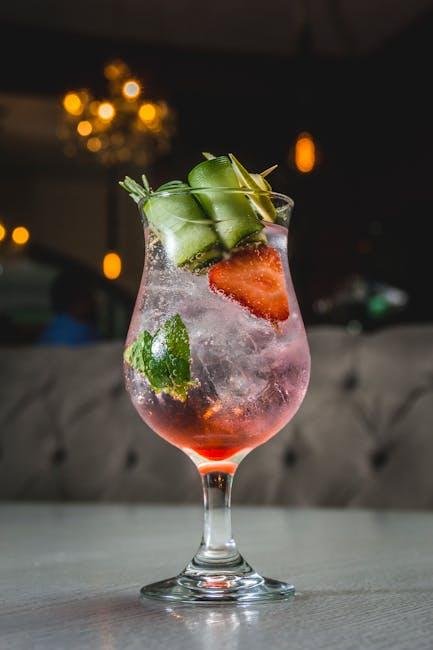The Art of Molecular Gastronomy: Easy Techniques to try at Home
In the ever-evolving world of culinary arts, where tradition meets innovation, molecular gastronomy emerges as a captivating frontier. This dynamic field transforms the beloved act of cooking into a scientific exploration, harnessing the principles of chemistry and physics to elevate flavors and textures in ways that delight the senses. Imagine your favorite dishes reimagined with foams, gels, and unexpected bursts of flavor — these are not mere kitchen tricks, but rather a celebration of the fusion between science and art.
For those curious chefs willing to embark on this gastronomic adventure, you don’t need a Michelin star or a professional kitchen to begin experimenting. With a handful of accessible techniques and a dash of creativity, you can bring the wonders of molecular gastronomy into your own home. This article will guide you through simple yet effective methods that will not only impress your family and friends but also ignite a newfound passion for the science behind the flavors. So, gear up for a delectable journey where the kitchen becomes a laboratory and every meal is a masterpiece waiting to be created.
Exploring the Science Behind Flavor and Texture
Flavor and texture are two basic elements that not only define our culinary experiences but also engage our senses in profound ways. At the molecular level, flavors are created through an intricate dance of chemical compounds that trigger taste receptors on our tongues and aromatic receptors in our noses. This fusion of taste and smell, known as retronasal olfaction, brings about the layers of complexity that make a dish memorable. By manipulating ingredients through various techniques such as spherification and emulsification, we can elevate ordinary dishes into extraordinary flavor journeys.Consider experimenting with gelatin to create liquid-filled spheres that burst with flavor,or using soy lecithin to whip up airy foams that add an exciting textural contrast to your favorite meals.
The texture of food plays an equally crucial role, as it influences how we perceive flavor and can evoke emotional reactions when we eat.The tactile sensations we experience—from the crunchiness of a crisp vegetable to the creaminess of a perfectly whipped sauce—are crucial in shaping our overall enjoyment of a dish. To harness the science of texture, explore simple techniques like vacuum packing to concentrate flavors while enhancing tenderness, or cryogenic freezing with liquid nitrogen to achieve ephemeral textures that surprise and delight.Here are a few techniques to try at home:
| Technique | Description |
|---|---|
| Spherification | Creating liquid-filled spheres that burst in your mouth. |
| Foaming | Using emulsifiers to create airy, flavorful foams. |
| Vacuum Packing | Enhancing tenderness and flavor concentration. |
| Cryogenic Freezing | instant freezing to create unique textures. |

Essential Tools for the Aspiring Molecular Gourmet
To embark on your journey into molecular gastronomy, it’s essential to equip yourself with the right tools that can transform everyday ingredients into stunning culinary experiences.Among the most important are siphons and smokers. A siphon allows for the creation of foams and whipped elements, while a smoker adds an unprecedented layer of flavor, deepening your dishes’ complexity. Furthermore, hygroscopic agents like agar-agar and sodium alginate enable you to manipulate textures, turning liquids into pearls or jellies with ease. These components will serve as your creative allies, pushing the boundaries of customary cooking.
Moreover, understanding the science behind these techniques will heighten your gastronomic creations.Essential tools also include a digital scale for precise measurements, a thermometer for temperature control, and a blender for emulsifying sauces and purees. It’s recommended to have access to specialty mold sets for crafting unique shapes, as well as vacuum sealers for sous-vide cooking, which preserves the integrity of your ingredients. As you gather these instruments, remember that the true essence of molecular gastronomy lies in experimentation—so don’t hesitate to mix and match techniques as you cultivate your culinary style.

Simple techniques for Elevating Everyday Dishes
Transform your ordinary meals into extraordinary dining experiences with some easy yet innovative techniques. Start by spherification, a method that allows you to create caviar-like pearls from liquids. Simply mix your chosen flavor with sodium alginate and drop it into a calcium chloride bath. The result? Stunning flavor bursts that can be added to salads, cocktails, or desserts. For a more whimsical touch, try foaming. Blend a flavorful liquid with lecithin, then whip it until airy and light.This not only adds an intriguing visual effect but also enhances the taste of your dishes with an unexpected texture.
Another delightful technique is gelification, where you can turn liquids into gourmet gels to complement your plates. Use agar-agar or gelatin for this and experiment with different flavors to create unique sauces or jellies. Lastly, consider deconstruction – rearranging the components of a dish in a creative manner. Keep the flavors familiar while presenting them in a fresh format; such as,serve a deconstructed Caprese salad with mozzarella foam,tomato gel,and basil powder. These methods not only elevate flavor profiles but also make for a memorable visual presentation.

Creative Ingredients to Transform Your Culinary Experience
To dive into the world of molecular gastronomy, consider incorporating foaming agents into your dishes. These ingredients can elevate your dining experience by creating airy,flavorful foams that transform ordinary sauces and purees into light and enticing accompaniments. Soy lecithin, a common emulsifier, is ideal for creating both savory and sweet foams. Experimenting with various flavors,such as citrus or herbs,can turn a simple dish into a visually stunning masterpiece. Additionally,gelifying agents like agar-agar or gelatin allow you to play with textures,crafting delicate jellies or unique spheres that burst with flavor on the palate.
Another essential element of molecular gastronomy is the art of spherification, which lets you encapsulate liquids within a gel-like membrane. Using ingredients like sodium alginate and calcium chloride, you can create small, caviar-like bursts of flavored liquids. Imagine using this technique to create balsamic vinegar pearls to garnish a salad or fruit juice spheres to enhance a dessert. For an even more adventurous twist, consider introducing natural extracts such as truffle oil or rose water, which can add depth and sophistication to your culinary creations. The possibilities are limited only by your creativity!
Wrapping Up
As we close the chapter on the wondrous world of molecular gastronomy,we hope you feel inspired to embark on your culinary adventure right in your own kitchen. The techniques we’ve explored—whether it’s the playful spherification or the delicate foam infusion—are just the tip of the iceberg. Embrace the science behind the art, and don’t hesitate to experiment with flavors, textures, and presentations. Remember, the goal is not perfection, but rather the joy of revelation and the thrill of creating somthing truly unique. So gather your ingredients, don your apron, and enjoy the process as you transform ordinary meals into extraordinary experiences. The kitchen is your laboratory; let your creativity run wild, and savor every moment of this gastronomic journey. Happy cooking!

